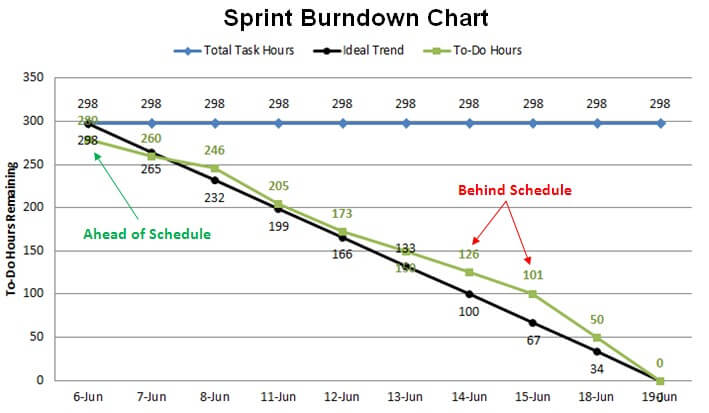In the post, PMO – the agile reporting challenge, I raised the problem a PMO faces when an organisation moves to agile, especially when there is a mix of waterfall and agile projects. Somehow there needs to be a way for the PMO to pull together a consolidated, harmonised view that can be used for senior management.
This is very difficult especially as those who are fully embracing agile will be making a strong case that the PMO is no longer required and that there should be minimal reporting. All in the spirit of agile (and nothing to do with the project team not wanting to have to report progress and have it monitored). I make that statement tongue in cheek as it is the old battle that the project wants to minimise outside interference and the PMO wants to provide transparency.
As I stated in the previous post, senior management are investing the budget and they want to know that there is a return on investment. This is fair. If you invest money in a pension, savings account, etc, you would expect to see an annual statement at a minimum on how your investment is progressing.
“Double work agile”
If you are a PMO and you have asked an agile project team to provide a status report, you may have been told that you are forcing them to do “double work agile”. This term is used to describe that the project team is being forced to do double the work in order to satisfy dual reporting. They are updating the sprint backlog, product backlog, etc and, they are having to complete a separate status report.
This will in turn open the risk that the project team will start advising their sponsor that they cannot complete important deliverables in the sprint as they are having to spend time completing separate reports. The interesting point being that the sponsor will probably say that is unacceptable and give the project team their support. However, it will also be the same sponsor who complains when the overall PMO reporting does not contain a report for the project.
So what can the PMO do to help solve the challenge and help all parties?
Simplify Reporting
The PMO should take a look at the current reporting process and evaluate the frequency and format. Does the report contain a lot of information that is not required? Unfortunately it is all to easy for a PMO to create multi page complicated reports that are repetitive.
The PMO should strive for a single page report that contains all of the key indicators for a project. Yes there will be project teams who complain there is not enough room for their update. However, the reality is that there is enough room and the PMO should help coach the project team to write clear and concise updates that quickly convey the important information. Less is more and will be greatly appreciated by the consumers of the report as they can quickly digest all that they need to know.
Leverage Agile Assets
While agile uses the approach that only produce the absolute minimum, information is captured in respect of scope, activity and progress through artefacts like the product back log, sprint back log, etc.
The PMO should review this assets and establish what information can be re-used. For example, if a sprint burn down or story burn down chart is being produced, it may be possible to insert this into the single page report. This will then give a visual update of progress. However, it is important that there is still high level commentary to provide the important highlights. The reason being that the report audience may not fully understand the chart and / or they may be someone who likes to read updates in text form.
Remember the first point, the update should be concise so it should not be a huge burden on the project team to produce the commentary. In fact I think it is important for the project manager as it makes them stop and look at the data and evaluate what it means (away from the dynamic buzz of the daily huddle where there may be a tendency to put on the super hero cape).
PMO Create Draft Report
A smart move may be for the PMO to join the daily scrums. This will mean that they will be fully informed on current status and then will be able to create a draft report. This can then be reviewed and signed-off by the project manager. The project manager will be very happy for the help and senior management should get a much better report.
Summary
This will continue to be an area of challenge. Project teams will always complain of overheads, extra work, etc. However, this was the same before agile. Following the ideas above, the smart PMO will find a way to minimise the impact and find a solution that works.






